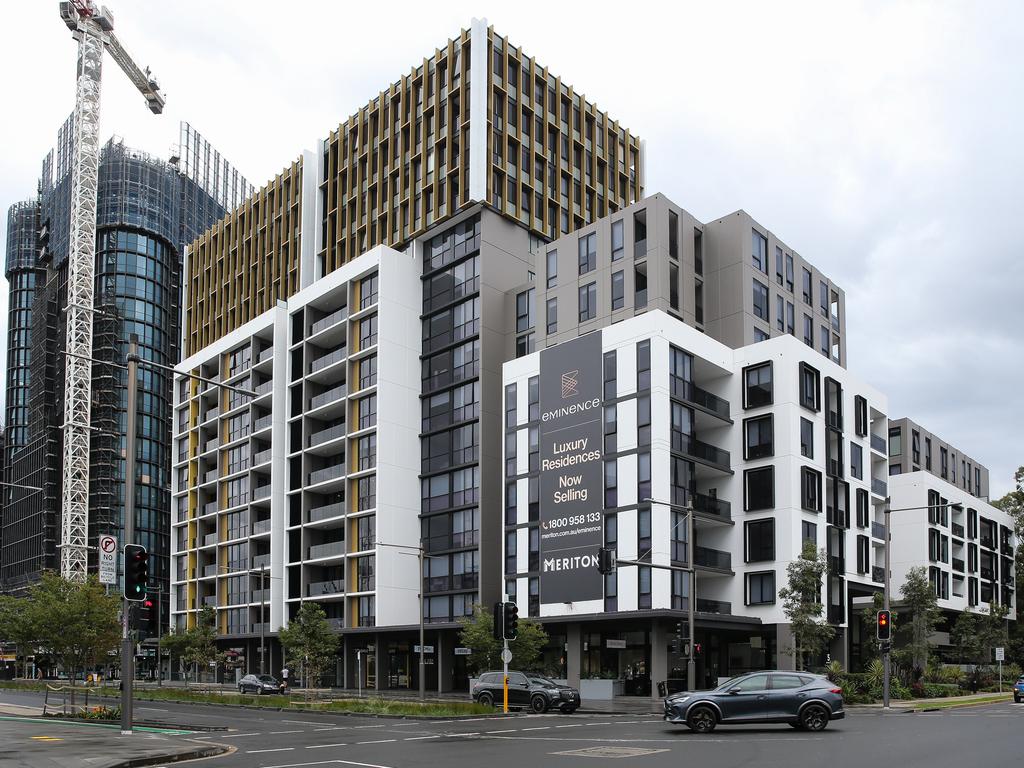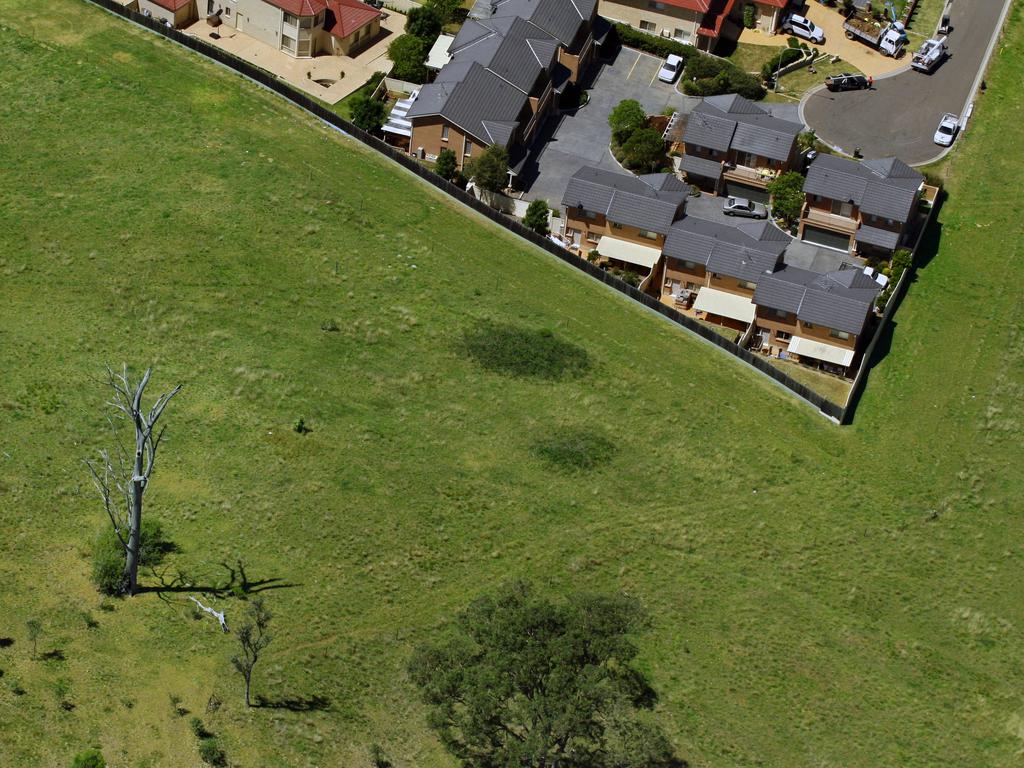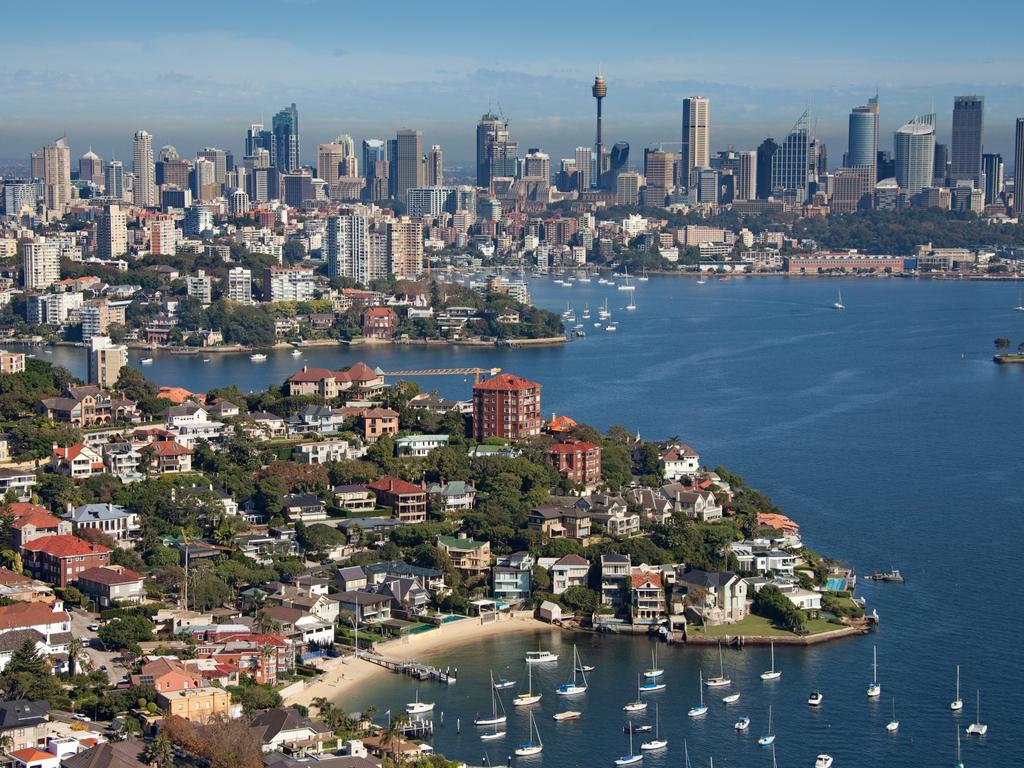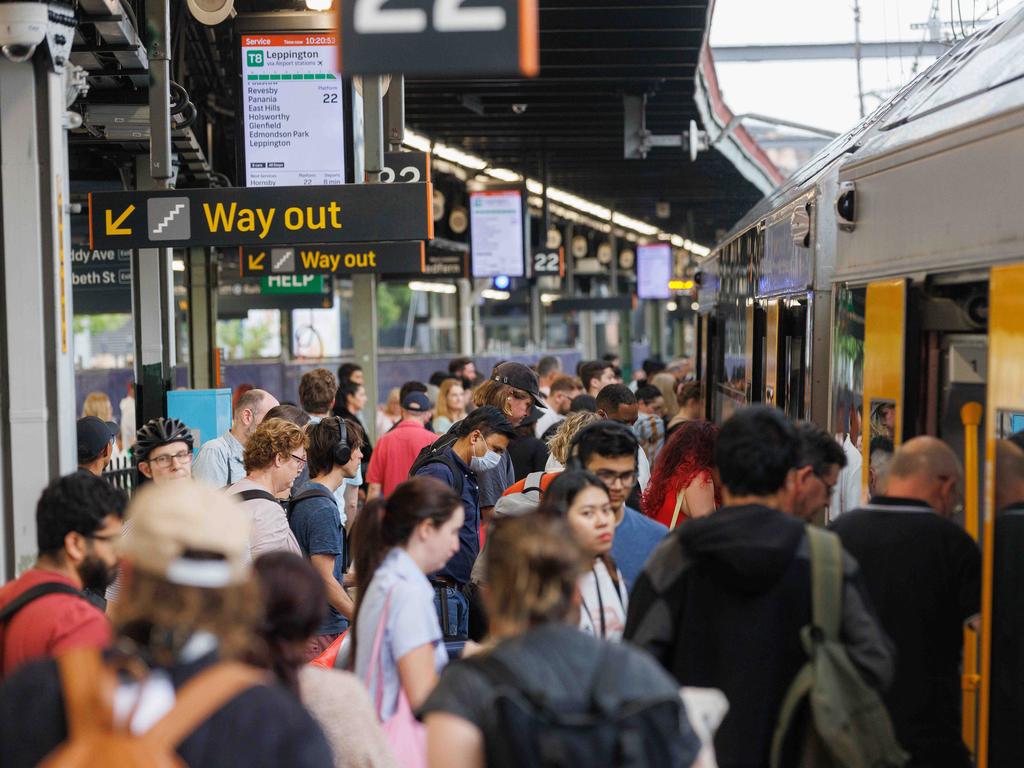Rich Sydney suburbs must become ‘taller and denser’ to address housing crisis, report says
Sydney’s richest suburbs must become “taller” and “denser” in order to tackle the housing crisis, a new report has urged.
Sydney’s richest suburbs must become “taller” and “denser” with more high-rise apartments in order to tackle the housing crisis, a top government adviser has urged.
In a report published on Wednesday calling for reforms to the state’s planning rules, NSW Productivity Commissioner Peter Achterstraat said “increasing density across Sydney can be controversial” but argued the city’s “urban sprawl” increased inequality, forcing low and middle-income workers into “longer and longer commutes”.
Mr Achterstraat noted that several decades of house prices growing faster than incomes had put the Australian dream “out of reach” for many young people, and “those who do get into the market often can’t buy where they grew up, or near their family, friends or jobs”.
“The pandemic has only made things worse, sparking rapid growth in house prices,” he said in the report, Building More Homes Where People Want to Live.
“And housing is not an issue just for potential first homebuyers — even renting has become a struggle. This is a complex problem with many drivers, but a major one is that our state planning system makes it difficult to build enough new homes where people want to live — close to jobs, transport, schools, and other amenities. Instead, the system encourages urban sprawl, forcing people into longer and longer commutes. These policies increase inequality, especially for low- and middle-income workers in Sydney. It shouldn’t be this way, and the good news is it doesn’t have to be.”

Mr Achterstraat said that if “we build homes where people want to live, near jobs and amenities, the productivity and lifestyle benefits will be enormous”.
“It’s also fairer — key workers like nurses and teachers should be able to afford to live near the hospitals and schools where they work,” he said.
The report, the first in a series from the Productivity Commission about ways to increase housing supply and affordability, recommended three specific planning changes — raise average apartment heights in suburbs close to the CBD, allow more development around transport hubs, and encourage townhouses and other medium-density development and allow more dual-occupancy uses such as granny flats.
The NSW Department of Planning and Environment estimates that the state will require around 900,000 additional dwellings by 2041.
“Sydney has limited opportunities to expand out geographically, but many opportunities to become a denser city without great impact on the lifestyles of those of us currently living here,” Mr Achterstraat said.
“Since 1992, NSW has built six dwellings per 1000 residents on average, fewer than Queensland and Victoria (about eight to nine dwellings per 1000 residents). A rule of thumb is that in Australia, a 10 per cent increase in supply leads to a 25 per cent reduction in housing costs. So, Sydney needs to use every tactic it can find to get more homes built.”

Mr Achterstraat said even if new housing supply was built in rich suburbs, it would improve affordability elsewhere through a process known as “filtering”.
“Realistically, new, more expensive homes around the CBD will initially be occupied by high-income families,” he said. “But these families leave behind a high-quality house when they relocate that can be occupied by a middle-income family. In turn, the middle-income family leaves behind a house that can be occupied by a lower-income family.”
To make more “efficient use” of land closer to the CBD, current regulations need to be reshaped “in ways that let more people build more homes in the right places, particularly by letting people build higher and build in their back yards”.
“Sydney has plenty of room to grow in these ways,” Mr Achterstraat said. “Like all Australian cities, it is less dense that even cities such as Auckland and Montreal. Global cities like Paris, London, and New York benefit from much higher density still.”
NSW Planning Minister Paul Scully agreed that “to make housing cheaper and make the best use of Sydney’s assets, we need to build more homes closer to jobs and services”.
“This means building homes closer to the city as part of major train station developments such as Sydney Metro,” Mr Scully said in a statement.
“We can’t continue to add another street every other week to our urban fringe. We have a shared responsibility to tackle the housing shortage. The size of our housing shortfall is now so large that all communities need to take their share to address the problem. That’s why we are supporting councils to recruit more planners, refocusing NSW government agencies on delivery and reforming infrastructure contributions to fund the infrastructure needed to support growing communities.”

Mr Scully added Labor was “elected with a mandate to address housing availability and we’re working on ways to increase supply”.
In the lead-up to the March state election, “overdevelopment” became a flashpoint for some ultra-wealthy Sydney suburbs.
Karen Freyer, a teal candidate who unsuccessfully ran for the Liberal Party stronghold of Vaucluse, rallied with locals vehemently opposed to a 26-storey residential development above a train station in Edgecliff.
Great morning at #Edgecliff#Vaucluse residents are very concerned about the 500 apartments the government want to build here. It's impossible to drive down New South and Old South Head Roads.
— Karen Freyer (@kgfreyer) February 15, 2023
We need to address our infrastructure needs first before we increase density. pic.twitter.com/Kf8w7wn4Ns
“It’s impossible to drive down New South Head Road and Old South Head Road … our high schools are full, our recreation spaces are busy,” Ms Freyer told a group of residents at the Diamond Bay Bowling Club in February, The Sydney Morning Herald reported.
Liberal candidate Kellie Sloane, who won the seat, also said she didn’t want her electorate “punished” with overdevelopment.
Sydney remains the most unaffordable housing market in the country, according to the ANZ CoreLogic Housing Affordability Report released earlier this week, which found as of March 2023 that “an estimated 51.6 per cent of income would be required to service a new mortgage, and around 12 years would be required to accumulate a 20 per cent deposit for a home”.
And for low-income renters in Sydney, 52.5 per cent of their income would be required to pay rent, an increase from 48.1 per cent in March 2020, the report found.

“Overseas migration flows [have] a notable and swift impact on the Australian rental market,” the ANZ CoreLogic report said.
“This is because most overseas migrants are initially renters. As some housing markets see an easing in rental growth, Sydney and Melbourne rental markets are likely to continue seeing high rates of growth as migration surpasses pre-pandemic levels.”
Economist Leith van Onselen, co-founder of MacroBusiness, said the Productivity Commission had not addressed the elephant in the room.
“Under the Albanese government’s ‘Big Australia’ immigration policy, NSW’s population is officially projected to grow by a record high 578,000 people in the five years to 2026-27, most of whom will land in Sydney,” he said.
“That is the equivalent to adding a Tasmania-worth of people to NSW in only five years, but without the requisite infrastructure and housing to match.”
He said if the NSW Productivity Commission “genuinely wanted to end the state’s housing shortage, it would urge the federal government to run an immigration program that is significantly lower than the growth of the overall dwelling stock, not the other way around”.
More Coverage
“It is time to stop scapegoating a ‘lack of supply’ and speak honestly about the issue,” he said.
“NSW and Australia will never build enough homes so long as their populations continue to grow at such a rapid pace via extreme levels of immigration. The nation’s housing problem is really an excessive immigration problem.”






